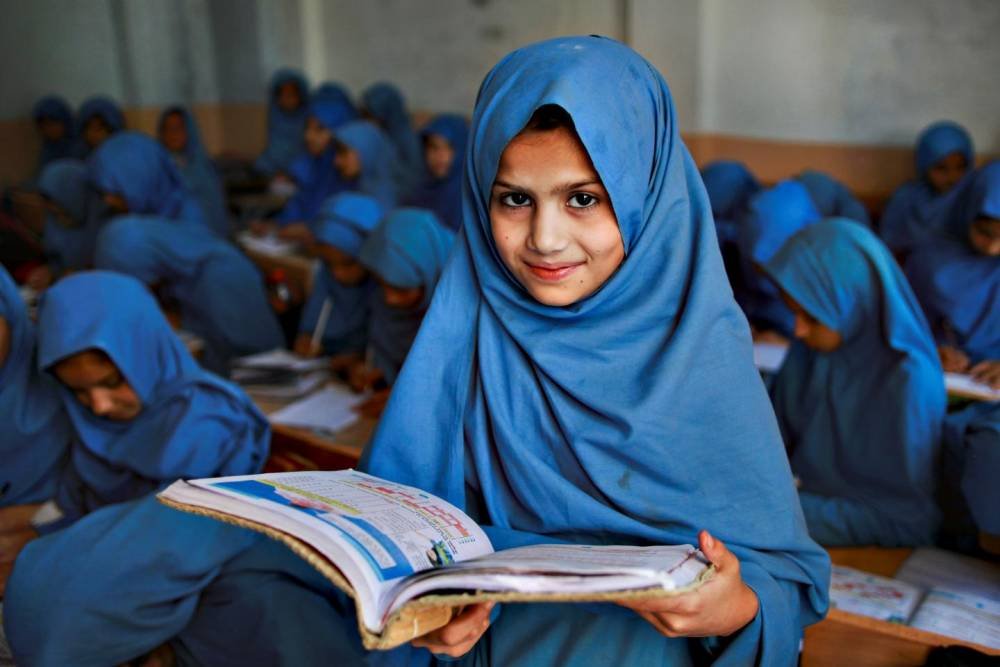
It is required by the Constitution of Pakistan that all youngsters between the ages of 5 and 16 years old receive an education that is both free and obligatory, as well as that adult literacy rates be raised. As per the research by best essay writers Pakistan, the concurrent list, which consisted of 47 subjects, was eliminated with the 18th constitutional amendment. As part of the trend toward provincial autonomy, many subjects, including education, were assigned to federating units.
Current Situation of Education in Pakistan
2015 is a significant year since it is the deadline for the participants of the Dakar declaration (the Education for All [EFA] pledge), which includes Pakistan. This makes 2015 an important year. Education-related statistics, along with Pakistan's progress regarding education targets set in Vision 2030, as well as Pakistan's lagging behind in achieving EFA targets and its Millennium Development Goals (MDGs) for education, call for an analysis of the education system of Pakistan and to look into the issues and problems it is facing so that workable solutions can be recommended. Pakistan's lagging behind in achieving EFA targets and its Millennium Development Goals (MDGs) for education.
The term "education system" refers to the collection of all organizations and entities that are responsible for the provision of formal education (whether they be public or private, for-profit or nonprofit, onsite or online instruction), as well as their respective faculty / staff, students, physical infrastructure, resources, and rules. In a more comprehensive sense, the term "system" can also refer to the organizations that are actively involved in the financing, management, operation, or regulation of other such organizations (like government ministries and regulatory bodies, central testing organizations, textbook boards and accreditation boards). In addition, the rules and regulations that direct the interactions between individuals and institutions within the framework of the system are a component of the educational system.
There are 260,903 educational institutions that make up Pakistan's education system. With the support of 1,535,461 educators, there are a total of 41,018,384 pupils enrolled in these schools. The system is comprised of 80,057 private institutions in addition to the 180,846 state institutions. As a result, the private sector runs 31% of educational institutes, while the public sector runs 69% of educational institutes. Now a days we can easily find educational help from any one related to academics, content or assignment writers.
Efforts to improve literacy rate in Pakistan
The government of Pakistan has stated that it is dedicated to increasing the rate of literacy and education throughout the country by implementing education policies on the national level and participating in international education commitments. National education policies, in this context, are the visions that recommend tactics to increase the literacy rate, build capacity, and expand facilities in schools and educational institutes. The Millennium Development Goals (MDGs) and Education for All (EFA) program are worldwide commitments that Pakistan has made to advance literacy.
An analysis of Pakistan's educational system reveals that the country's schools have not undergone significant transformations since 2010, the year that the 18th Amendment to the constitution enshrined education as a fundamental human right. This finding is consistent with the hypothesis that Pakistan's education system has been largely unchanged during this time. Access, quality, and infrastructure issues, as well as disparities in opportunity, continue to be pervasive problems.

